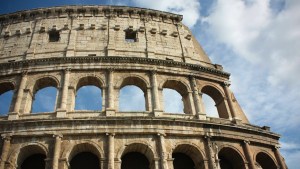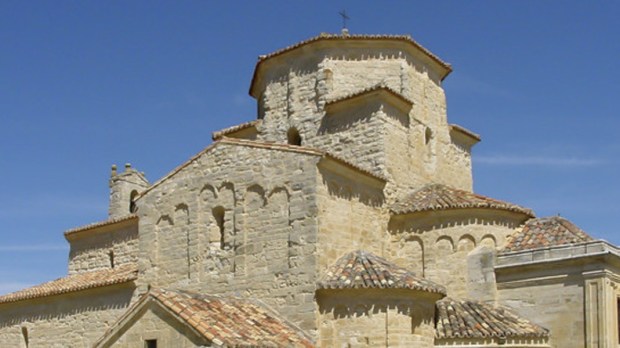To some, anything built between the much contested “Fall of Rome” and the Renaissance falls under “medieval architecture,” indistinctly. Needless to say, this is but a blunt simplification, pitifully too often repeated, for several different reasons that go from a too-long-held prejudice born in the early 15th century to simple lack of interest. But simple common sense and a little bit of healthy curiosity are enough to challenge the idea that no changes whatsoever occurred, whether in art, science, architecture or any other field, in more than 10 centuries.

Read more:
Debunking 3 myths on the Fall of the Roman Empire
One of those many changes is the transition from Romanesque to Gothic architecture; that is, the shift from an architectural style inspired by Roman features to another one that assumes and adapts the influence of Goth culture and style. In this short excerpt from a BBC documentary, we can appreciate what made possible such a shift: the incorporation of a different kind of arch as a main building element, that allowed for more light and a better distribution of weight in construction.

